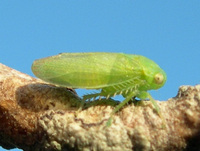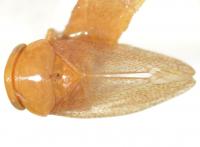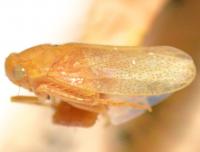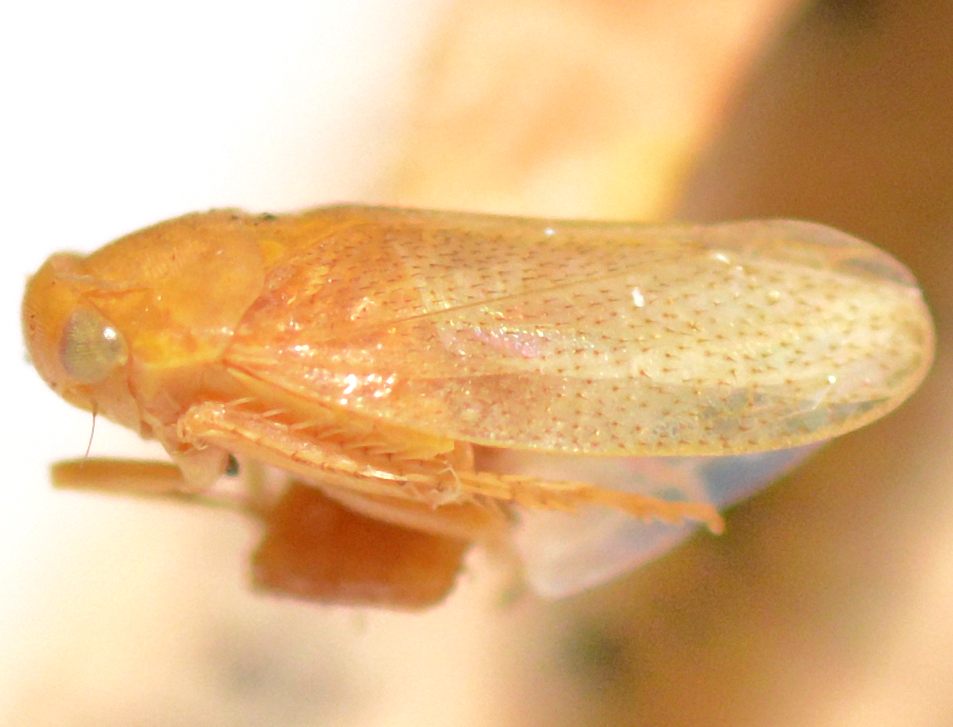|
|
|
|
Species Photo Gallery for Penestragania robusta No Common Name 4 |
 | Photo by: R. Newman
Carteret Co.
Comment: FOMA |  | Photo by: R. Newman
Carteret Co.
Comment: FOMA - MerVapLt @ -76.682482, 34.696086 |
 | Photo by: Kyle Kittelberger
Wake Co.
Comment: NCSU specimen |  | Photo by: Kyle Kittelberger
Wake Co.
Comment: NCSU specimen |
|

 »
»



 »
»

